|
STEP 1: Learn from the Masters
Many comic books are collected into anthologies and graphic novels that contain bonus content. This bonus content often will include the first several pages of written script. If you are interested in writing comics, study each and every script you can get your hands on! Learn how it is formatted. Learn how the writer paces and lays out the story. Learn how dialog is handled. It's vital to study the script so you can flip back to the pages of art and see how it all comes together. Another way to learn the basics is to read The D.C. Guide to Writing Comics. Granted, there is no official standard to writing comics, but the D.C. way is the most popular and best known. Once you have gotten the basics down, then you can begin to plot and write your own scripts. STEP 2: Know Your Comic Book Vocabulary! This is extremely important. Most comic books in recent years contain 22 pages (20 of story and a front splash and a back splash – although D.C. comics has recently dropped the page count of their books from 22 pages down to 20 pages in order to decrease the cover prices and push more copies of their titles, which means that Marvel might do the same in the near future to remain competitive. Independent publishers, like Image, often follow suit). If you don't know what a splash page is, then you'll want to familiarize yourself with comic book lingo before attempting to write your first comic book story. Terms like panel or pane, double page spread (DPS), splash page (splash), dynamic shot, vertical panel, horizontal panel, bleed, off panel, caption,SFX (sound effects), establishing shot, forced perspective, bird’s eye view (curvilinear), etc. are just some of the terms you will be using to talk to your artist about how you envision the story. STEP 3: Outline Your Script! This is an oft overlooked part of writing comics, but it is vital to get your page count right month in and month out! You can't write free-style when it comes to the tight, periodical format of comic books. There simply isn't room to spare. Minus two splash pages, you only have 20 pages to tell a story. This means you must be tight and economic with your writing. If you plan on writing a full length graphic novel, you might choose to think of every 22 pages as one chapter, and the story should be structured in such a way where each chapter builds toward the resolution (or if it’s an ongoing title to the big hook / cliffhanger). Story arcs are usually told in 12 issues (which are then collected into hard back and trade paperback graphic novels) since that is the number of books one publisher can typically produce annually. Because of reader demand, today most titles are collected together in a trade paperback after 6 issues. Hard covers and large trade paperbacks (including omnibus editions) are published when the story arc finishes. Writing up an outline will ensure you hit your target of 22 pages every time you sit down at the keyboard to write. I usually jot my outline down in a notebook first which I place in front of me next to my laptop as I write the story. Sometime I deviate from the outline, sometimes I stick tightly to it, but it’s important to have it so you can maintain consistency. I also like to write character description sheets for the main characters, so that I can keep all the details about them straight in my head, especially if I am writing a book with numerous leads (my novel BITTEN: RESURRECTION, for example, had 6 lead hero characters, 7 supporting characters, 1 super-villain character, and 52 characters total in it). When it comes to comics, since the art takes the bulk of the production time, as the write you have to give the artist as much time possible to draw your story and do it justice. That means the faster you can pump out a full script, and maintain quality and consistency, the better. Another reason to have a thorough outline prepared beforehand. STEP 4: Be Specific yet Sufficiently Descriptive With Your Script Remember, this is a graphic novel – not a novel. The art tells 90% of the story. You are the writer, sure, and are just as vital, but your job is mainly to provide a vision the artist can springboard off of and help to flesh out an exciting adventure for the reader. With art filling most of the page, you have very limited space to put text. In this case, whether it is dialog or captioned text, less is more. Try to tell the best story you can using the least amount of text and captioned text as possible. It will streamline your storytelling and allow you to focus on realistic sounding, quality dialog between characters. It also is easier for your artist to read short snippets rather than long rambling prose. Again, this is not like writing a novel – it is closer to writing a screenplay or teleplay. At the same time, make sure you are being descriptive enough in each scene by describing them in detail so your artist knows precisely what he needs to draw. Don’t just say that your character pulls out their gun and fires. You have to explain what kind of gun it is, is it a hand gun or a rifle? Next, tell the artist what make and model it is so they can track down a reference image (if you already have one for them at the ready – this will save time as well. Remember, it is a corroboration, after all). Finally, you’ll want to point out whether there are any details that make it stand out, is it a special gun, a golden gun, for example? At the same time, be specific. Don’t clutter your writing with unnecessary details. Don’t drone on about the fact that this gun has a jamming problem due to a faulty load mechanism unless it is a vital detail to the story. If the artist doesn’t need to know it, don’t bother him with it. It will only make it more difficult to read through the script, weed out the unnecessary bits, and consume all of your artist’s time. So try your best to be sparse but, at the same time, descriptive enough to get across all the necessary information you need tell the best story you can. STEP 5: Leave Space for the Pauses! Less Action and More Character Development! Remember, not every single panel has to have text! Let the pictures speak to the reader. A rookie mistake I see many aspiring comic book writers make is that they want every panel to be filled with text. This should be an obvious “No!” to anyone with any special sense. A comic book writer must be aware of the empty spaces and how long stretches of empty dialog create moments of reflective pause. This is perhaps even more important than the text itself, and if you are a good writer you will rely on the silent moments just as much as the spoken ones to help tell your story! Additionally, watch out that you don’t overcrowd a page. On a typical comic book page you will have anywhere from 1 to 12 panels, but I try to keep my panel count to no more 5 to 7 panels per page. Any more than 5-7 panels per page will make it hard for the artist to draw in the tiny little boxes. It you have 9 or more panels on a page it will make it practically impossible to read the text, as it will be shrunk down to allow the art to fit, or it ends up covering up the art – which tends to look bad (not to mention unprofessional). Again, we come to find that, when it comes to comic book script writing, less is more. Finally, don’t be a layout Nazi. As the writer you’re mainly supplying a template for the artist to work from (often times rewrites will be necessary once the final art comes in – sort of like how movie scripts often get rewritten at the last minute to include new ideas the actors, director, or on-set script doctor may have had). Ultimately, you will want to leave it up to your artist to decide if she thinks she can get it done in more or less panels. At the end of the day, they are the ones who have to make the sequence of events work, which is why comic book art is called sequential art. STEP 6: The Editor Knows Best (Even When they don't know WTF they are talking about!) Listen to your editor. That doesn’t mean you have to absolutely do what they tell you, but hear them out. After all, every good editor is simply there to help. If you strongly disagree with your editor’s advice, feel free to argue your case, but don't be obstinate. In rare cases you may want to change editors, but in most cases the editor knows best. After all, you want to be a paid writer, right? Then be professional. Don't bicker, start fights, or hold grudges. It may not be the story you want to tell exactly the way you want to tell it, but hell, if you're writing comics professionally or even independently then consider yourself damn lucky. STEP 7: Proof Read! Then Proof Read Again! Even the big publishers like Marvel and D.C. will still publish books with minor spelling errors and what not, but the goal is always to aspire to create the perfect book. Proof reading is vital if you want to have a good looking product and doubly necessary if you want to call yourself a professional writer. Don’t rely on merely your own eyes after hours upon hours of staring at a glowing, flickering screen. Even if you take a break, let your eyes and brain refresh, have a cup of coffee and come back later and catch additional mistakes, it still helps to have a second pair of eyes. Another thing I’ve found, whether it is prose or script writing, reading your stuff back to yourself out loud helps immeasurably. Your ears will often catch things your eyes simply can’t perceive, such as cadence, alliteration, whether or not the dialog sounds natural, and so on. At any rate, that sums up my advice on writing comic books and the script format of comics. I hope these tips help, even if it just gives you something to mull over for a bit. Writerly Things is Tristan Vick’s new monthly blog series where he talks about writing, gives insights to his process, and shares tips on how to write everything from teleplays to comics to novels. Please remember to check out his author blog and website over at www.tristanvick.com with links to his various works, including Bitten: The Resurrection Virus zombie series, and the latest news about his upcoming projects. His next novel in the S&K series will be The Scarecrow & Lady Kingston: A Slice of Grilled Americana. You may purchase the full story of The Scarecrow & Lady Kingston: Rough Justice on Amazon.com and other fine online book retailers. As always, thanks for reading! ***PAX***
0 Comments
Leave a Reply. |
Tristan VickBy day I am an educator and a cultural ambassador. By night I entertain notions of being a literary master. In reality I am just a family man and ordinary guy who works hard and loves writing just about as much as I love my family. Just about. AVAILABLE NOWNEWSLETTER
|


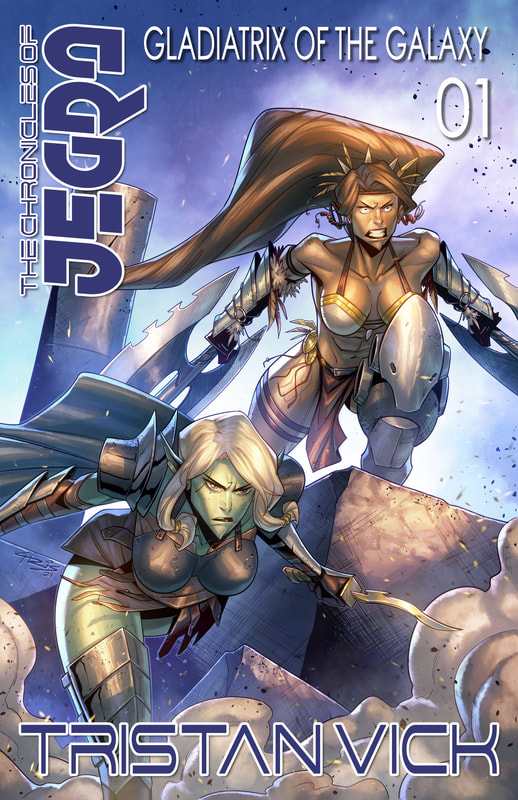
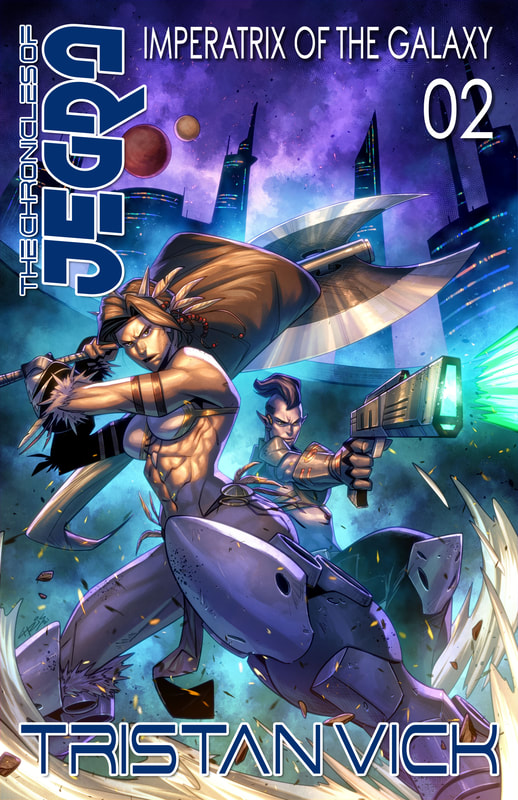

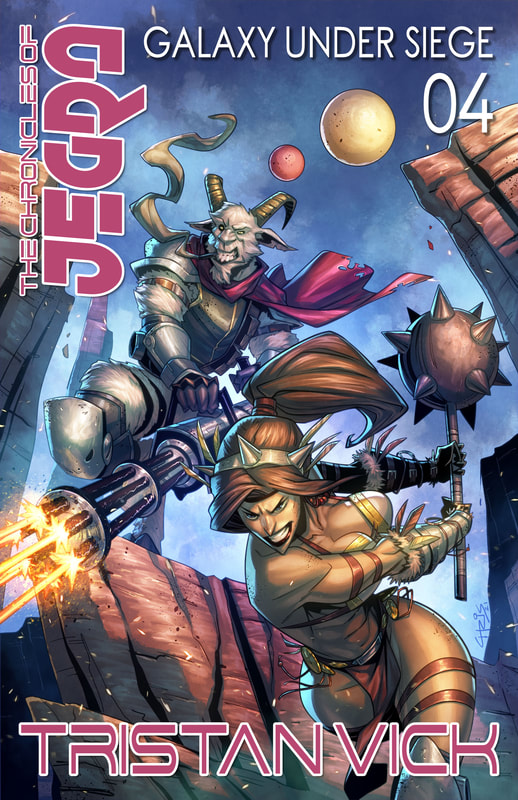

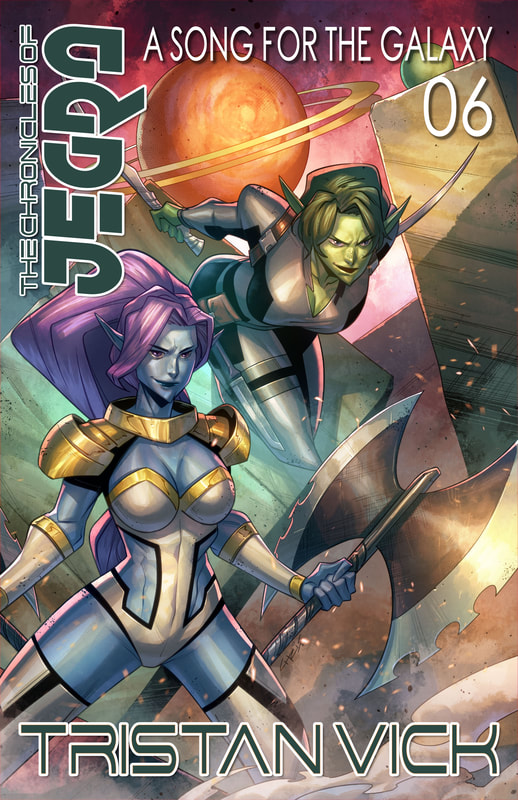
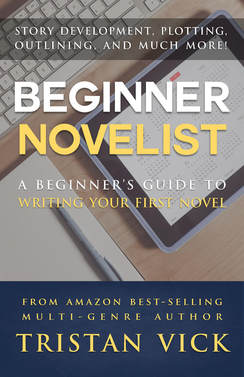
 RSS Feed
RSS Feed

